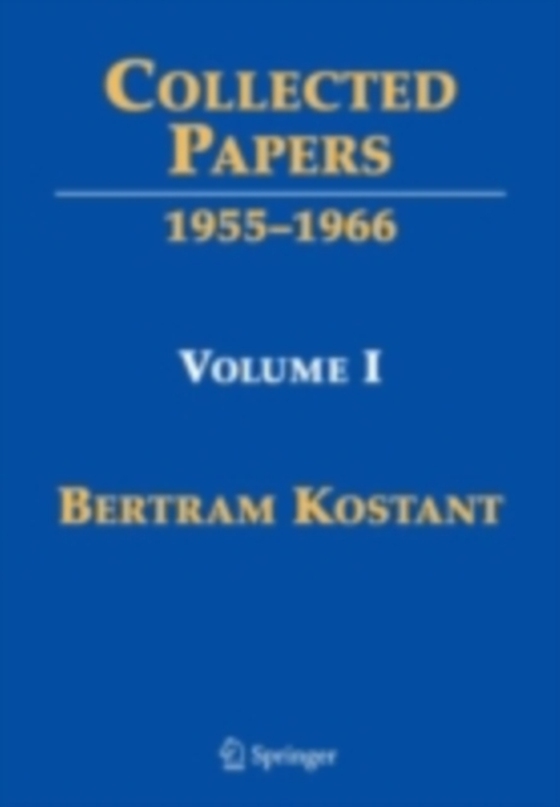
Collected Papers e-bog
2190,77 DKK
(inkl. moms 2738,46 DKK)
For more than five decades Bertram Kostant has been one of the major architects of modern Lie theory. Virtually all his papers are pioneering with deep consequences, many giving rise to whole new fields of activities. His interests span a tremendous range of Lie theory, from differential geometry to representation theory, abstract algebra, and mathematical physics. Some specific topics cover al...
E-bog
2190,77 DKK
Forlag
Springer
Udgivet
15 august 2009
Genrer
PBF
Sprog
English
Format
pdf
Beskyttelse
LCP
ISBN
9780387095837
For more than five decades Bertram Kostant has been one of the major architects of modern Lie theory. Virtually all his papers are pioneering with deep consequences, many giving rise to whole new fields of activities. His interests span a tremendous range of Lie theory, from differential geometry to representation theory, abstract algebra, and mathematical physics. Some specific topics cover algebraic groups and invariant theory, the geometry of homogeneous spaces, representation theory, geometric quantization and symplectic geometry, Lie algebra cohomology, Hamiltonian mechanics, modular forms, Whittaker theory, Toda lattice, and much more. It is striking to note that Lie theory (and symmetry in general) now occupies an ever increasing larger role in mathematics than it did in the fifties.During his years as professor at the Massachusetts Institute of Technology from 1962 until retiring from teaching in 1993, he received many honors and prizes: election to the National Academy of Sciences USA, the American Academy of Arts and Sciences, the AMS Steele Prize, Honorary Doctorates from University of Crdoba, Argentina, the University of Salamanca, Spain, Purdue University. Now in the sixth decade of his career, he continues to produce results of astonishing beauty and significance for which he is invited to lecture all over the world.This is the first volume (1955-1966) of a five-volume set of Bertram Kostant's collected papers. A distinguished feature of this first volume is Kostant's commentaries and summaries of his papers in his own words.
 Dansk
Dansk

